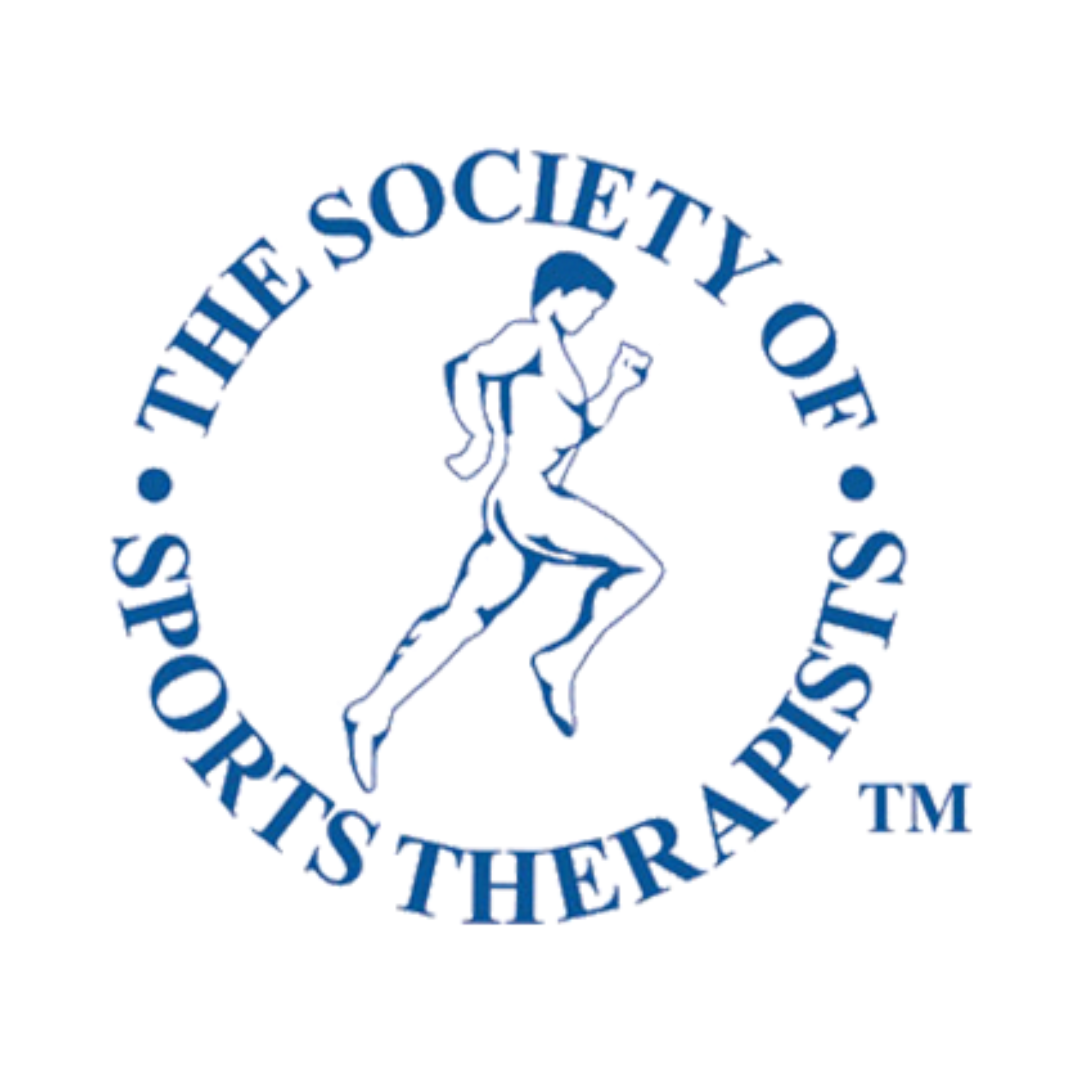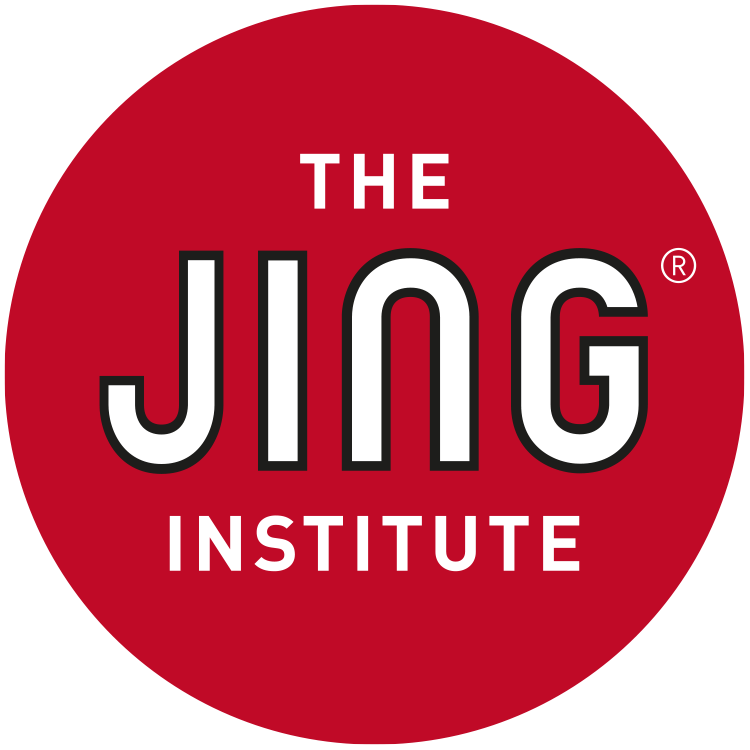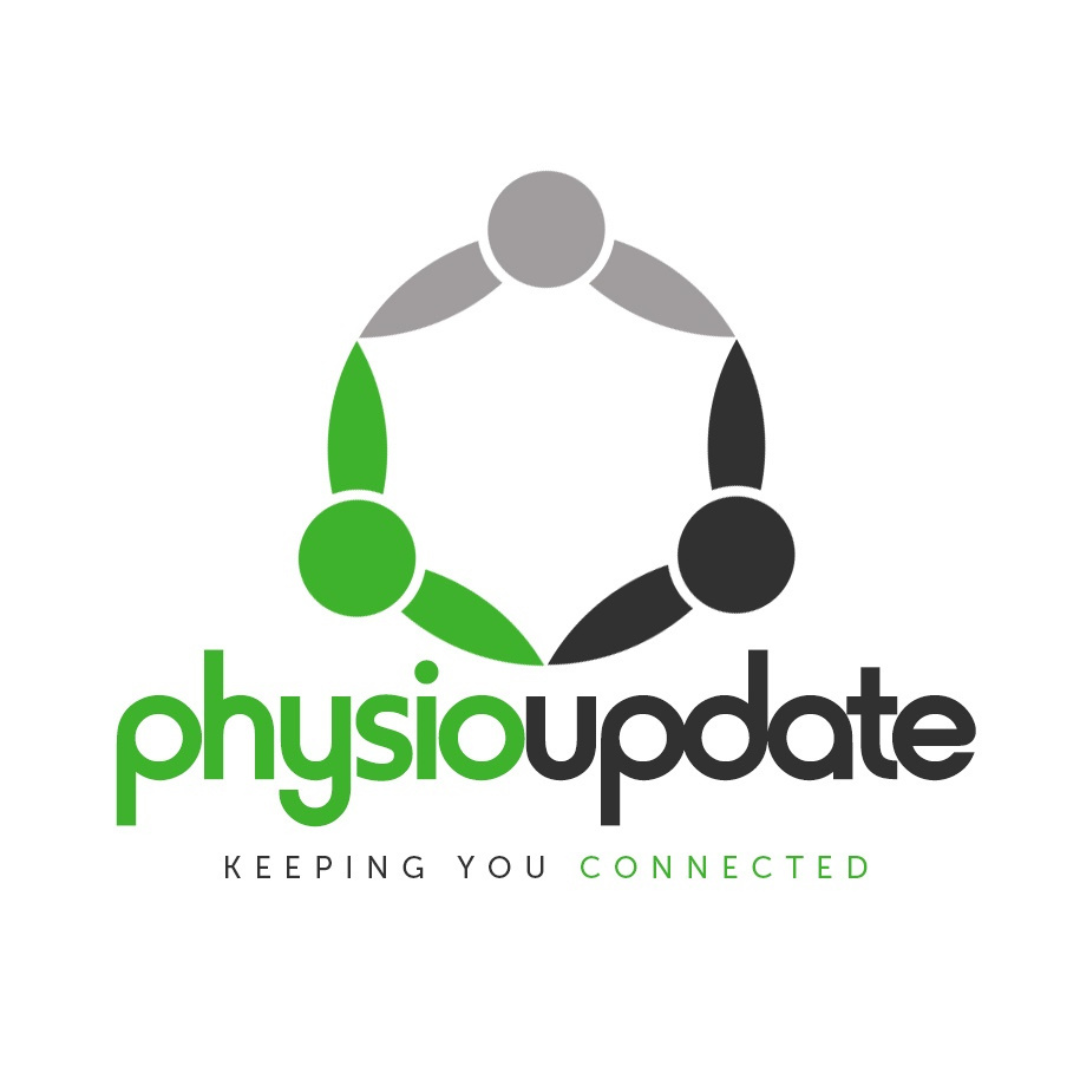Session Spotlight: Shoulder reconditioning with Tim Stevenson
)
Meet the Speaker:
Tim is a shoulder reconditioning specialist and co-founder of Dynamic Shoulders, prior to which he has spent over sixteen years in strength and conditioning and athletic performance consultancy in elite Paralympic sport. He draws on personal experiences in his work through having shoulder issues of his own; multiple dislocations and two surgeries which led him on a personal journey of exploring how to build shoulders that you can trust.
Tim now works with performance-minded people and fitness enthusiasts to resolve shoulder problems which are preventing them from doing the things that matter in their life. He is passionate about combining his professional and personal experience with existing and emerging practices to recondition, sustain and progress upper body performance.
Shoulder injuries and rehabilitation present unique challenges, especially for athletic populations striving to return to high-level performance. Recent reflections and client feedback shed light on how we can better support these individuals by reimagining traditional rehab approaches.
The journey: from injury to return
Tim’s personal journey, involving multiple surgeries from a passion for snowboarding and rugby, underscores the frustration many athletes face with recurrent shoulder problems. Traditional rehabilitation often stops short of fully restoring confidence and function, leaving athletes vulnerable to setbacks.
Tim described survey results from over 50 former clients spanning several years aimed to evaluate whether the repetitive injury cycle had been broken. Despite some inherent bias (clients dissatisfied with prior care being more likely to seek new support), the findings were enlightening:
-
100% of clients reported that working with this integrated service was different and impactful compared to previous experiences
-
Only a small minority (9.5%) needed further medical intervention after working with the team, and those cases were often complex or ongoing issues typical in an athletic population
-
Clients valued the combination of physiotherapy-led medical screening with strength and conditioning-led late-stage rehabilitation
Driving success in shoulder rehab
Tim also revealed how analysis of thousands of words of client feedback revealed several core themes crucial for effective rehab:
-
Coaching the narrative: Walking alongside clients throughout their journey, offering personalised support and adapting to inevitable fluctuations, rather than merely prescribing exercises to perform in isolation
-
Collaborative, integrated approach: Combining physiotherapy and strength & conditioning expertise ensures both medical safety and sport-specific progression
-
Continued support and education: Empowering clients with long-term strategies to maintain shoulder health beyond rehab, including tailored training philosophies and educating them on why exercises matter boosts adherence
-
Tailored, individualised programming: Rehab plans that feel generic risk losing client trust. Personalisation enhances motivation, accountability, and progress monitoring, using data-driven tools resonates especially with athletic populations accustomed to performance metrics
-
Focus on long-term solutions: Avoiding repetitive injury cycles by equipping clients with sustainable strategies and gradually transitioning them back to their sport or lifestyle goals
What does the science say?
Tim explained how his findings aligned closely with research by Jar Powell et al. in their study, Restoring Faith in My Shoulder, which identified three conditions essential to successful rehabilitation outcomes:
-
Strong therapeutic relationship: Empathy, trust and respect promote motivation and adherence
-
Individualised exercise programmes: Personalisation correlates with better outcomes
-
Timely clinical progress: Visible improvement maintains engagement and confidence
Challenges in current practice and environment
A common issue highlighted is the lack of clarity in traditional rehab prescriptions: vague instructions without reps, sets, intensity or progression create confusion and poor adherence. Additionally, the clinic-based rehab environment can feel alien and unmotivating for athletic clients, who often thrive in gym or sport-specific settings.
There is a pressing need to:
-
Shift rehab into athletic environments, where clients feel comfortable and motivated
-
Build multidisciplinary teams combining physiotherapy and strength & conditioning
-
Start with clear client goals and reverse-engineer rehab plans to achieve these outcomes
-
Challenge outdated ‘best practices’ that persist simply because they are familiar, not because they are effective
Shoulder rehabilitation demands a specialised, dynamic approach that bridges medical care with performance-focused training. By embedding rehab in the athlete’s world, fostering collaboration, and focusing on long-term progress, Tim concluded that practitioners could move people further away from the “cliff edge” of recurrent injury.
For clinicians working with athletic populations, this represents an opportunity to rethink and evolve rehabilitation practices to deliver game-changing results, supporting not just recovery but true return to play and performance.
Check out the full session recording here:


.png)
.png)
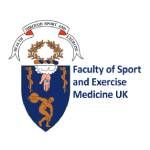
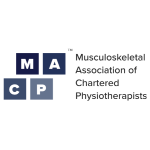
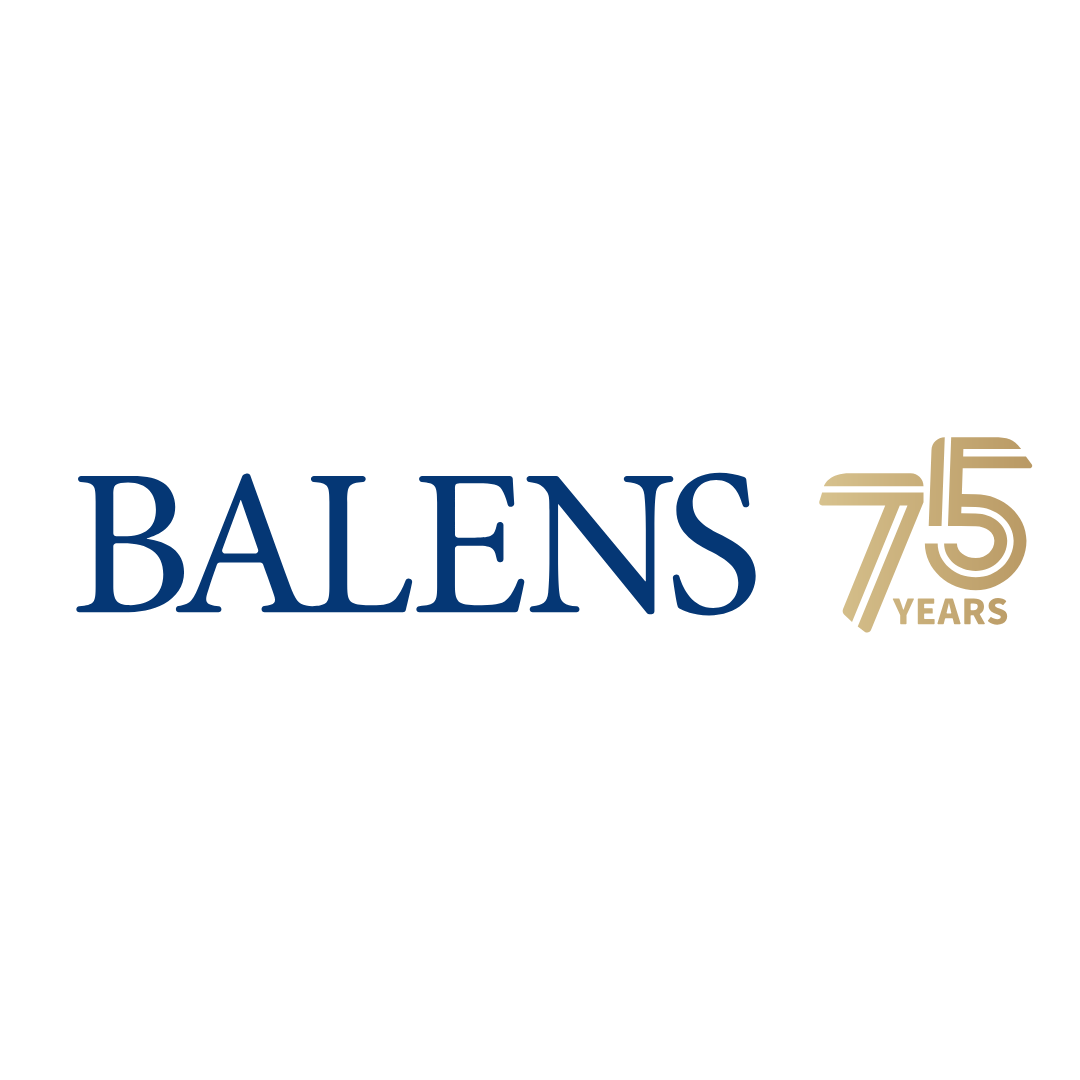


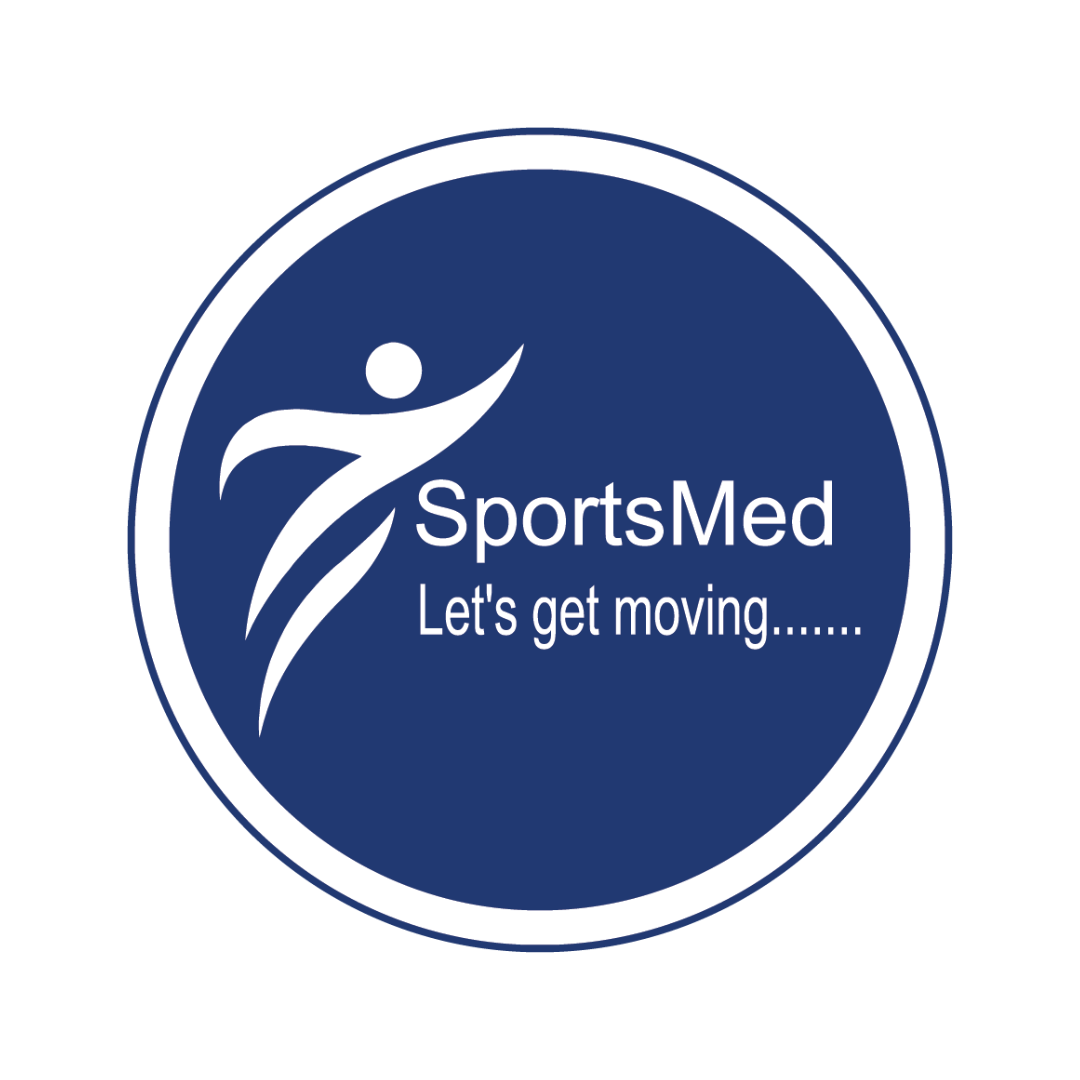



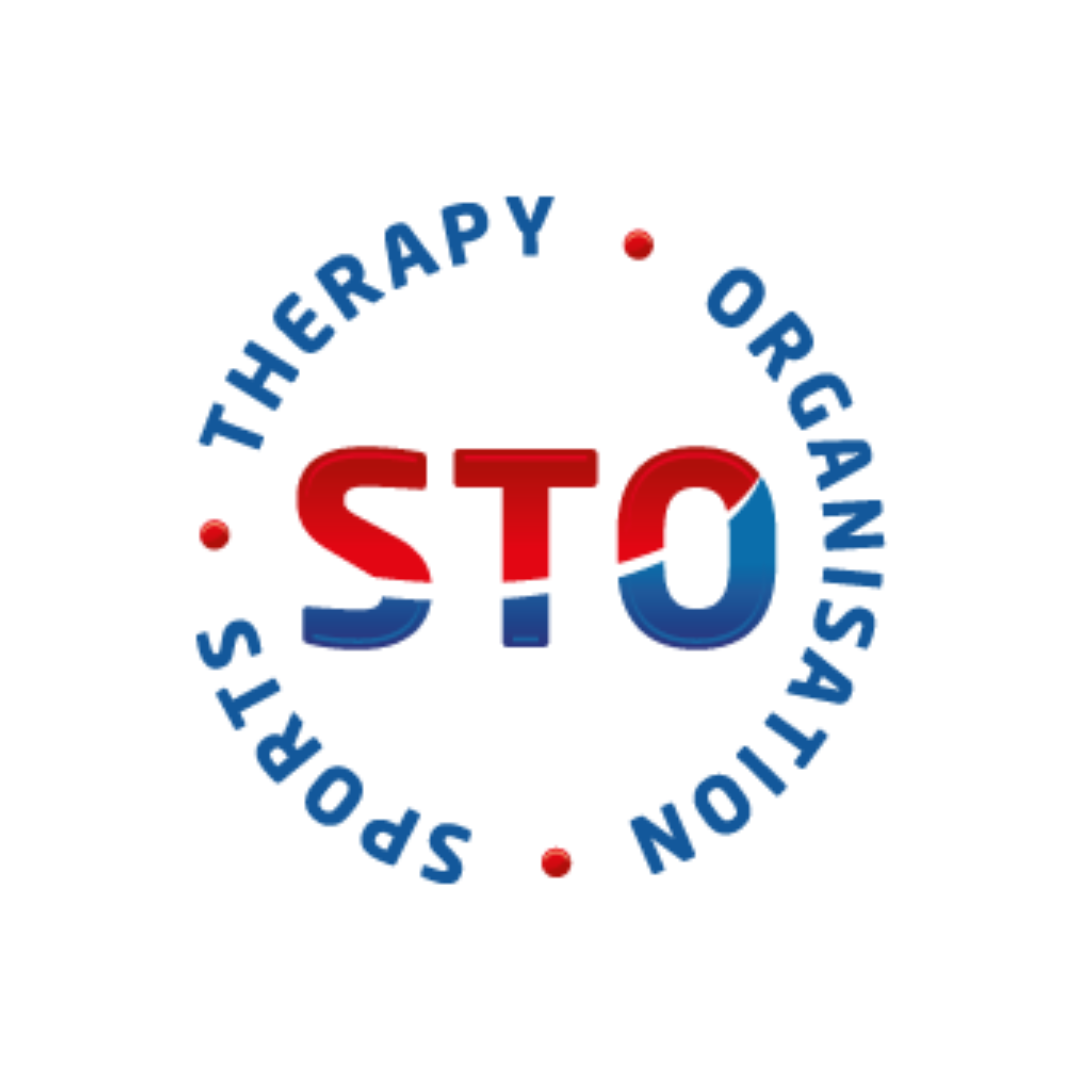

.png)
